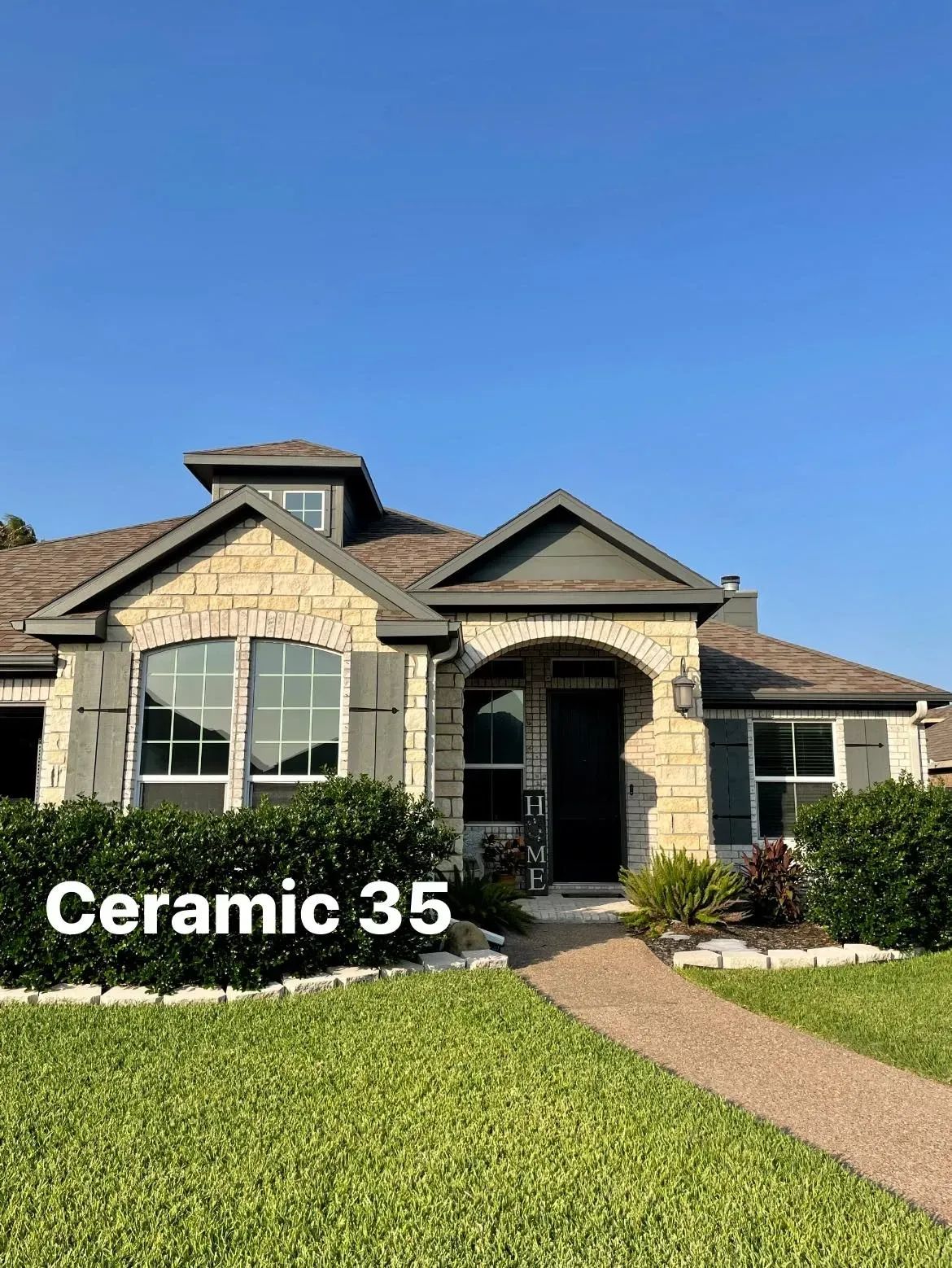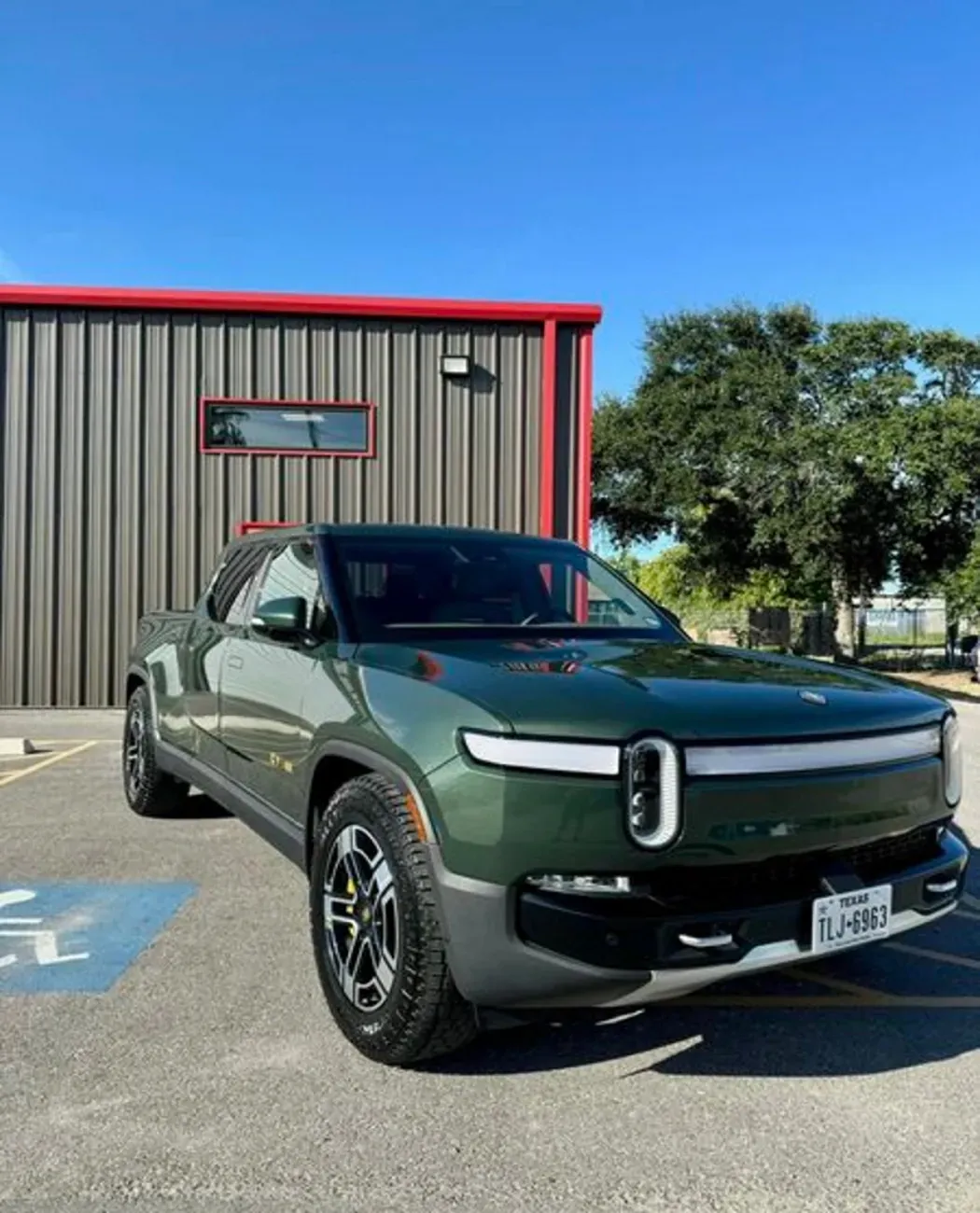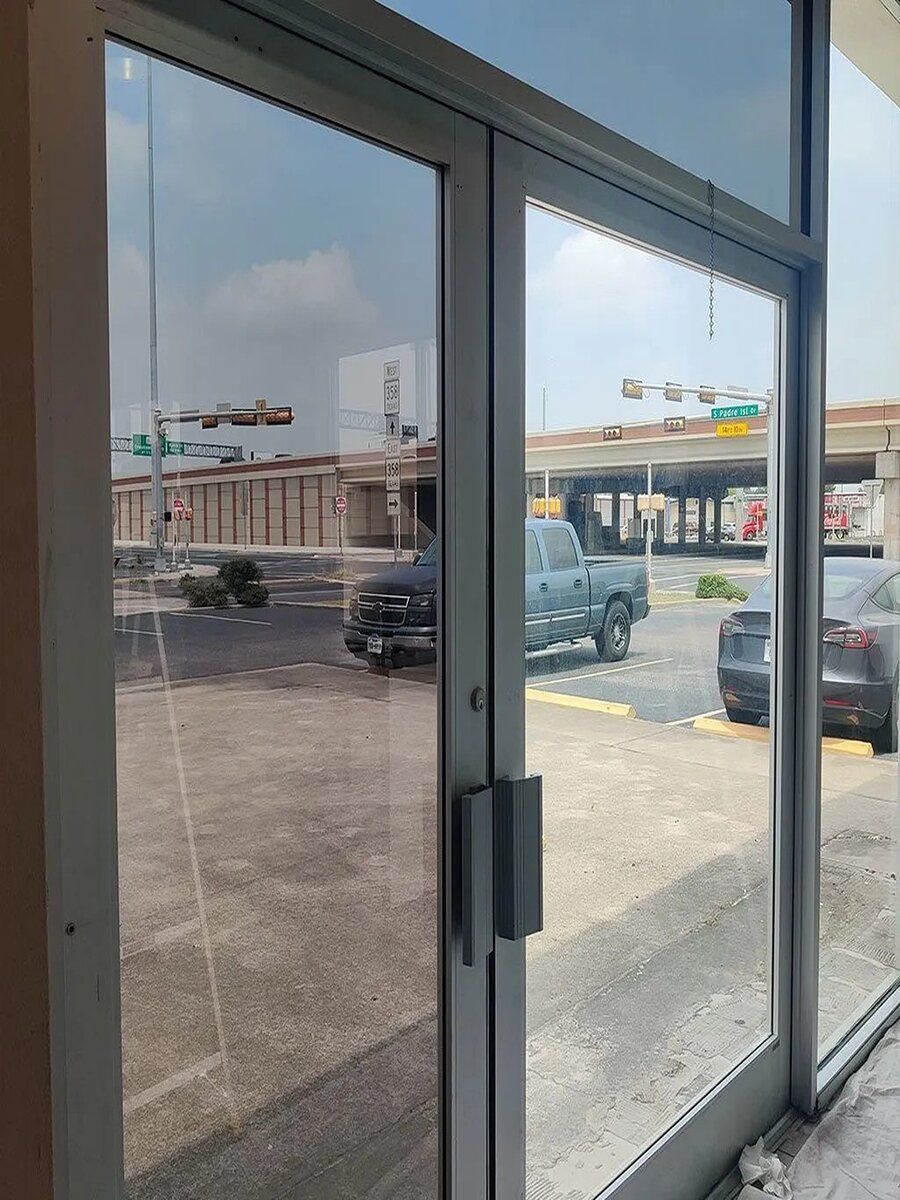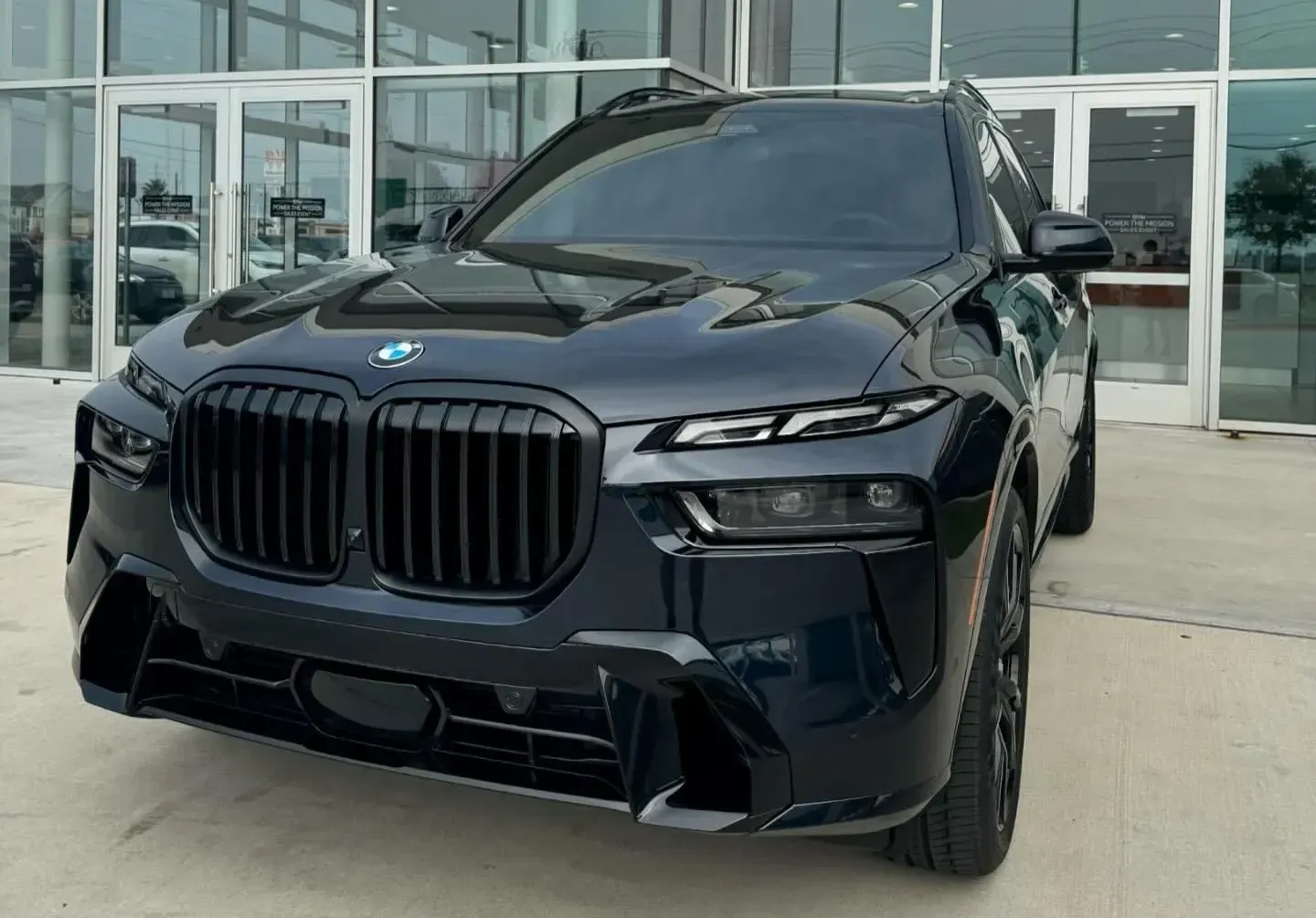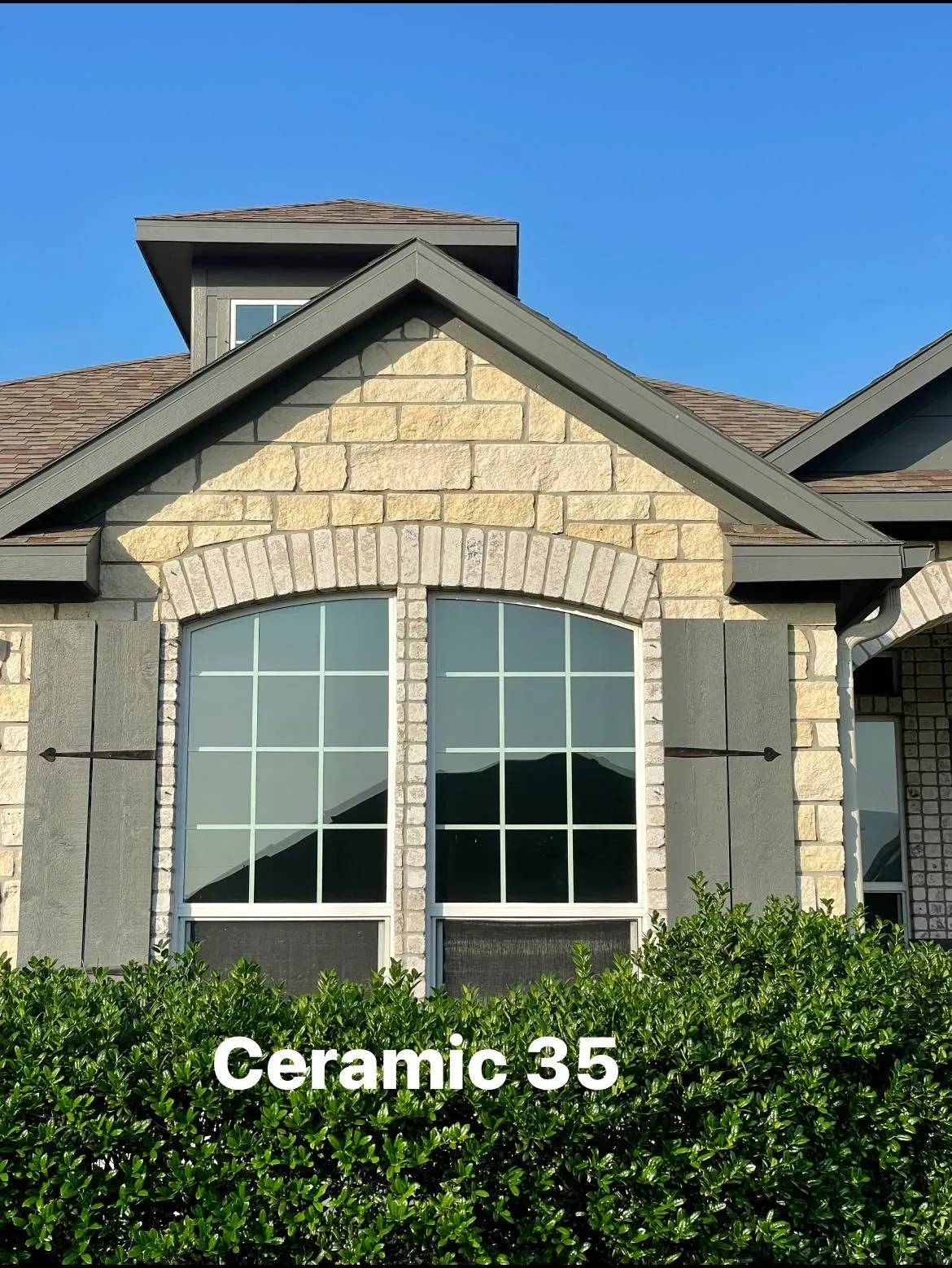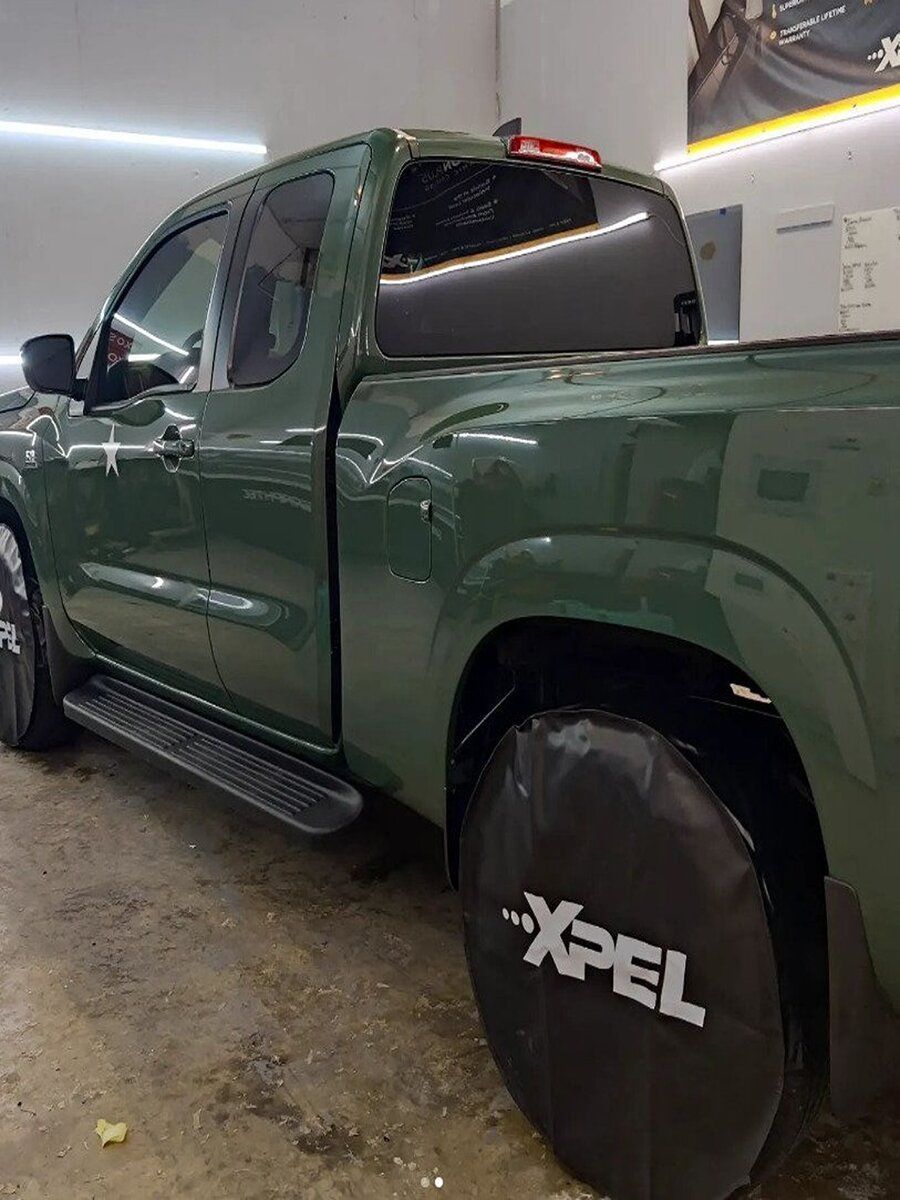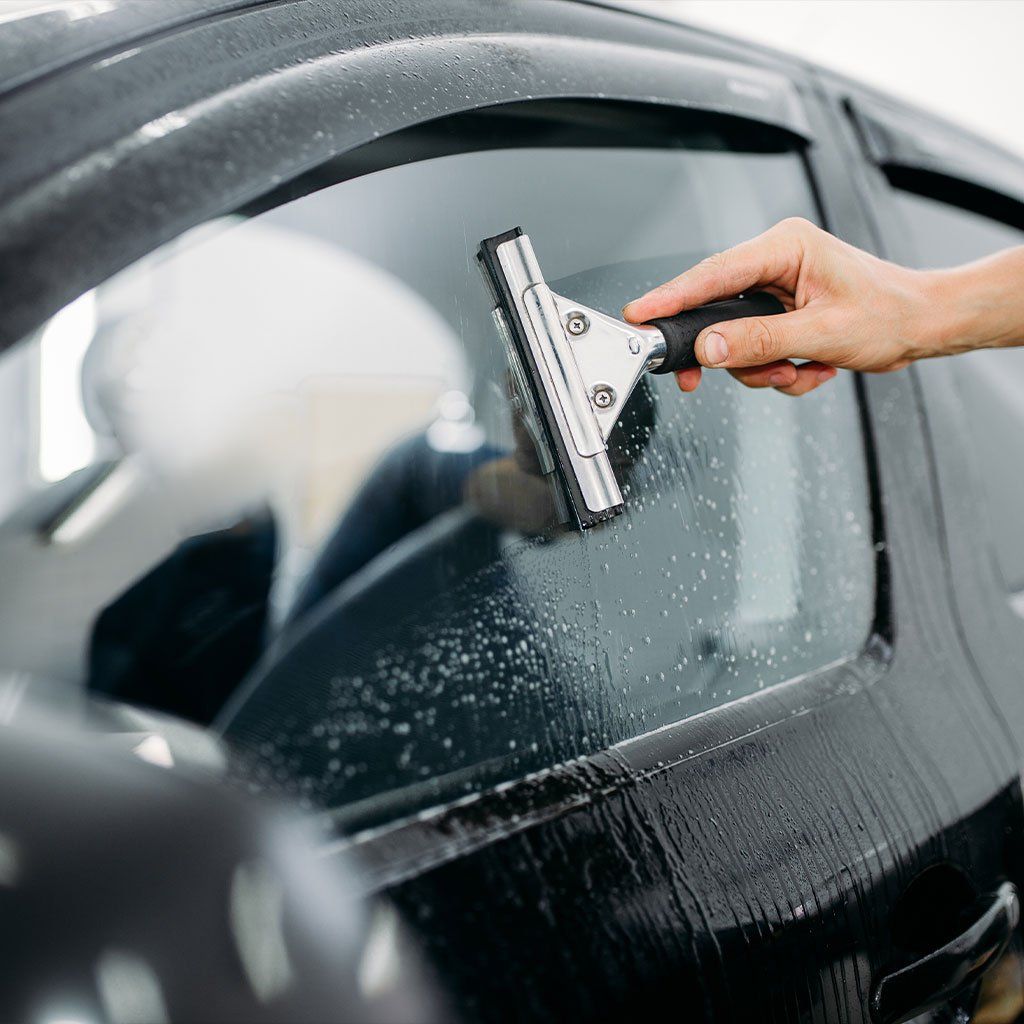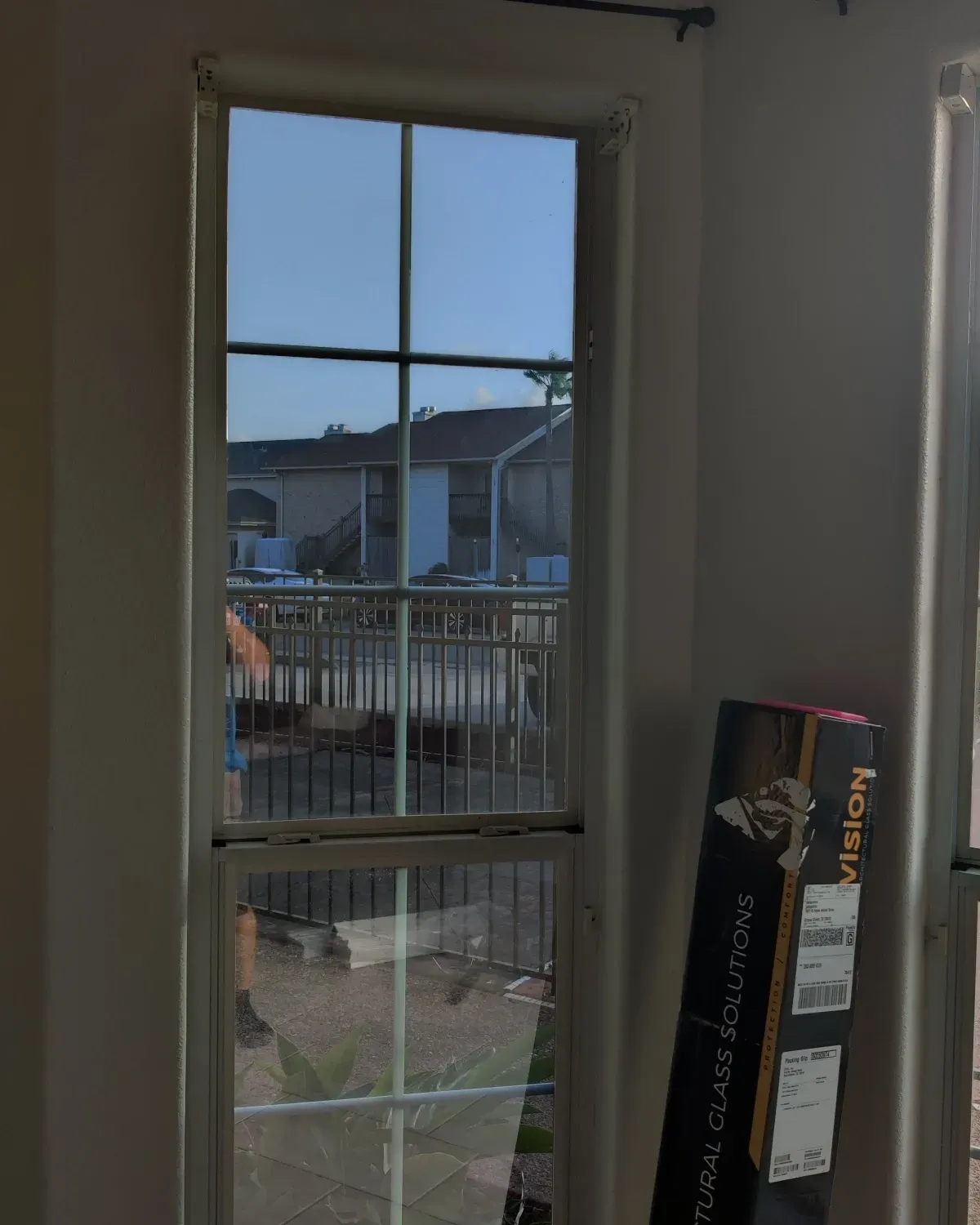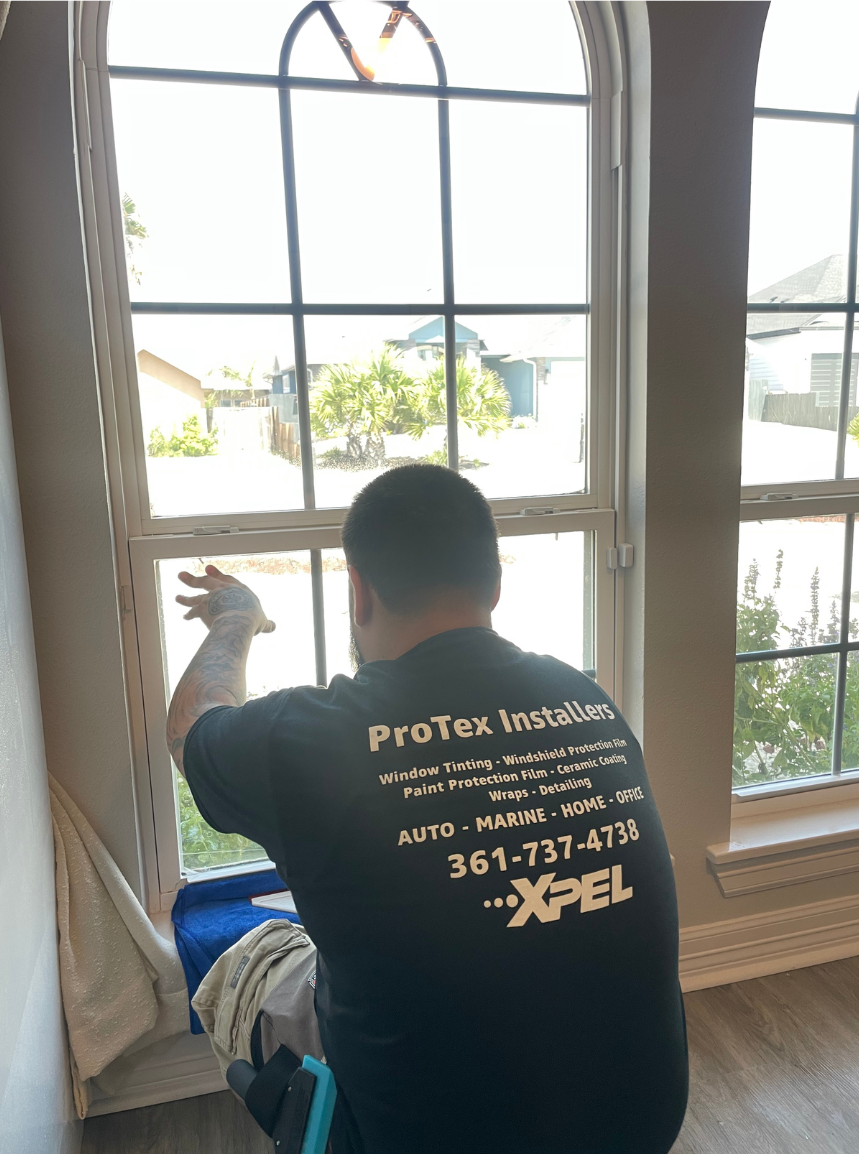In Texas, the laws surrounding car window tinting are detailed in the Texas Administrative Code, Title 37, Part 1, Rule 21.3. This code outlines the requirements for window tint darkness and reflectivity to ensure driver visibility and road safety. Non-compliant vehicles may face penalties. Now, let's dive deeper into whether window tinting is legal in Texas!
The legal requirements for car window tinting in Texas specify that non-reflective tint is allowed above the manufacturer's AS-1 line on the windshield. For the side windows to the right and left of the driver, the tint must allow no less than 25% light transmittance. Furthermore, both the windshield and side windows must adhere to reflectivity regulations, which limit the luminous reflectance value to no more than 25%, to avoid creating distractions or hazards on the road.
Car Window Tinting Law in Texas
When it comes to car window tinting in Texas, several key points are regulated by state law, specifically outlined in the Texas Administrative Code, Title 37, Part 1, Rule 21.3. These regulations ensure that window tint darkness and reflectiveness meet safety standards.
One of the crucial aspects of these regulations is the limitation on how dark your window tint can be. This is important because darker tints can significantly reduce visibility, increasing the risk of accidents, especially in nighttime and low-light conditions. According to the Texas Administrative Code, window tint on the side windows to the right and left of the driver must allow at least 25% light transmittance.
It's also important to note that the reflective elements in the tint are regulated. The reflectance value must not exceed 25% when measured in combination with the original glass, as highly reflective tints can create distractions for other drivers.
Non-compliance with these standards can lead to penalties such as fines or infractions on your driving record. Law enforcement officers may issue citations if they observe a vehicle with windows that violate these regulations, and non-compliant vehicles might fail mandatory state inspections.
If you’re unsure about your current tint status, tools and professionals are available who can measure your tint’s darkness level to confirm its adherence to state laws.
Understanding and abiding by these legal specifications is crucial not only to avoid penalties but also to promote safer driving conditions on Texas roads. By being informed about the legalities and regulations surrounding car window tinting in Texas, you're better equipped to ensure compliance and safety while on the road.
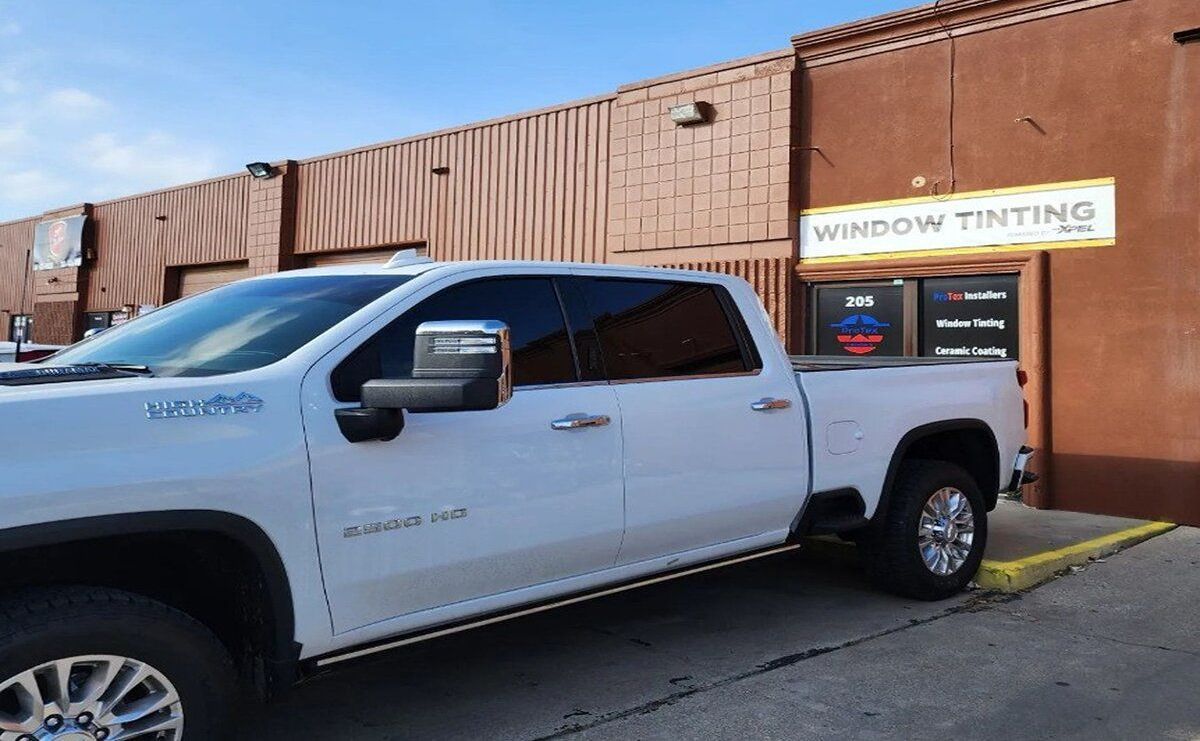
Applicable Regulations and Rules
When preparing to get your car windows tinted in Texas, understanding the laws is crucial because they outline specific regulations regarding Visible Light Transmission (VLT) percentages. This refers to the amount of light allowed to pass through the film, which directly influences the darkness of the tint.
Different windows have different VLT requirements. For example, while front side windows must allow more light to pass through, rear and backside windows can have a darker tint for added privacy.
For rear windows, any level of tint darkness is permitted if the vehicle is equipped with outside mirrors on both sides that reflect a view of the roadway from a distance of at least 200 feet from the rear. If these mirrors are not present, the rear windows must also comply with the 25% light transmittance rule, similar to the front side windows.
Ensuring that you select window tint that complies with these regulations is essential to avoid any legal issues in the future.
In addition to VLT percentages, reflective properties are another critical consideration when adhering to Texas window tinting laws, as they determine how much light is reflected off the surface of the film.
Reflective Properties
Texas regulations stipulate specific allowable levels of reflectivity for safety reasons, ensuring clear visibility for drivers while reducing glare for other road users. Adhering to these guidelines when selecting your window tint contributes to maintaining safe driving conditions for all drivers sharing the road.
Legal Percentages for Tinting
In Texas, specific rules regulate how dark your window tints can be, and these guidelines exist to ensure the safety of drivers and law enforcement officers. Understanding these
legal percentages is important before getting your car windows tinted. The VLT, or Visible Light Transmission, refers to the amount of light the tint allows to pass through it.
According to the Texas law, the rear window can have any tint if the vehicle is equipped with outside mirrors on both sides; otherwise, it must also meet the 25% light transmittance value. These legal standards apply specifically to passenger vehicles. It's essential for car owners to be aware of and comply with these regulations when considering having window tints installed.
Adhering to these regulations is crucial, not only for safety but also to avoid legal issues with law enforcement. Ensuring that your window tints comply with the set standards guarantees peace of mind while driving and lawful compliance.
Navigating through state-specific regulations provides essential knowledge for maintaining compliance with laws about cars. Now, let's turn our attention toward understanding front windshield tint limits.
Front Windshield Tint Limits
Window tinting on the front windshield is permissible only above the AS-1 line or, if no AS-1 line exists, within five inches from the top of the windshield. The tint must not be red, amber, or blue, and must allow at least 25% light transmittance and have no more than 25% luminous reflectance.
The top tint strip primarily helps reduce glare from the sun and other vehicle headlights, offering valuable protection from intense sunlight. This feature not only enhances the aesthetic appeal of your car but also serves a practical function by safeguarding your eyes against harsh glare.
While it adds a sleek touch to your vehicle's appearance, drivers must be cautious and aware of the specific rules governing its installation. If not applied correctly or exceeding the regulated dimensions, this could result in a traffic violation. It's crucial to engage professionals to ensure compliance with state laws, as they have the expertise to properly position the tint strip and select suitable materials.
While utilizing this tint strip confers numerous advantages, it's vital to remember that adhering to legal limits is more than just following guidelines.

Importance of Adhering to Legal Limits
Adhering to mandated regulations ensures that drivers maintain visibility for safe operation of their vehicles. Improper application or exceeding legal limits can lead to reduced visibility for the driver, escalating the risk of accidents due to obscured vision. By observing these limits, we enhance both our safety and that of others on the road.
In essence, these laws are designed to strike a balance between personal preferences and public safety. It may seem restrictive at times, but it serves as an essential safeguard for drivers and pedestrians alike. Upholding these legal standards isn't just about avoiding penalties; it's about promoting safety for everyone on the road.
Remember that maintaining safety on the roads is paramount, and these regulations play a critical role in ensuring everyone’s well-being each time we take our cars out for a drive.
Side Windows and Back Windshield Tint Limits
When it comes to tinting your car's side windows and back windshield in Texas, specific rules must be followed to ensure road safety. Understanding these regulations is crucial, as they are designed to maintain a safe level of visibility.
Visible Light Transmission (VLT) Requirements
The first consideration revolves around the Visible Light Transmission (VLT) percentage. This indicates how much light can pass through the window tint, with a higher percentage meaning more light is allowed to pass through, ultimately affecting the darkness of the tint. The regulations in Texas mandate that aftermarket window tint on side windows must allow more than 25% VLT, meaning no less than 25% of the visible light should be able to pass through. However, unlike the side windows, Texas regulations do not specify any VLT restriction for rear windshield tinting unless the vehicle has dual side mirrors. In this case, any darkness can be applied.
To put this in perspective, a window film with 25% VLT allows 25% of visible light to penetrate through. If you choose a darker tint film with a 5% VLT, only 5% of visible light can pass through, creating a significantly dark shade.
The Impact of Excessive Darkness
It's important to understand that excessively dark tints not only pose risks in terms of visibility but also have other implications. An excessively dark tint may impede the view from inside the vehicle, making it harder for the driver to see clearly at night or in inclement weather conditions. Moreover, it can hinder law enforcement officers from identifying potential threats within the vehicle during traffic stops.
Furthermore, dark tints can raise concerns about driver behavior and criminal activities. Law enforcement emphasizes the importance of maintaining transparency within a vehicle's cabin to ensure public safety and security.
Safety and Compliance
Ensuring compliance with these regulations isn't just about avoiding fines; it's about prioritizing safety for all passengers and other road users.
By adhering to these regulations for side windows and back windshields, drivers contribute to a safer driving environment by maintaining optimal visibility and enhancing overall road safety for everyone.
Transitioning from understanding legalities, let's now evaluate what happens when these regulations are breached with illegal window tinting.
Penalties for Illegal Car Window Tinting
In Texas, the laws governing car window tinting are clear and strict. If you choose to ignore these regulations or mistakenly install tints that don't meet state-defined limits, there are consequences to consider. Enforcement officers have the authority to issue citations and require corrective measures if your vehicle violates the tint laws.
The penalties for non-compliant window tints generally involve fines, and while the exact amount may vary based on the severity of the violation, they can be significant. However, it's important to remember that these financial consequences pale in comparison to the potential safety hazards that illegal tinting poses. These consequences can jeopardize your safety and that of other road users. Therefore, it's essential to understand and abide by the stipulated regulations for an appropriate level of transparency for car windows.
For instance, windshields with illegal tint levels can hinder visibility in low light or at night, compromising driver and pedestrian safety. Side windows with tints beyond the legal limit can impede law enforcement officers' ability to see inside vehicles during traffic stops, potentially escalating routine checks into extended investigations that detract from everyone's time.
Long term implications of non-compliance include having a permanent mark on your driving record, leading to increased insurance premiums or even license suspension. Promptly remedying any illegitimate tints upon issuance of a citation is advisable since failing to act promptly compounds the severity of the breach and its associated penalties.
Therefore, understanding these penalties serves as a reminder not only of the importance of compliance but also of the broader safety concerns related to window tinting regulations. Ensuring clarity about current laws governing car window tints can mitigate legal and safety risks associated with non-compliant installations.
By adhering to these laws, not only do you protect yourself from trouble with law enforcement, but you also contribute to safer roadways by upholding road visibility standards and maintaining respect for compliance with legal requirements. To ensure safe driving and avoid unnecessary penalties, it's crucial to understand the car window tinting regulations. If you're seeking professional assistance with window tint installations that comply with Texas laws, feel free to
reach out for expert guidance.

